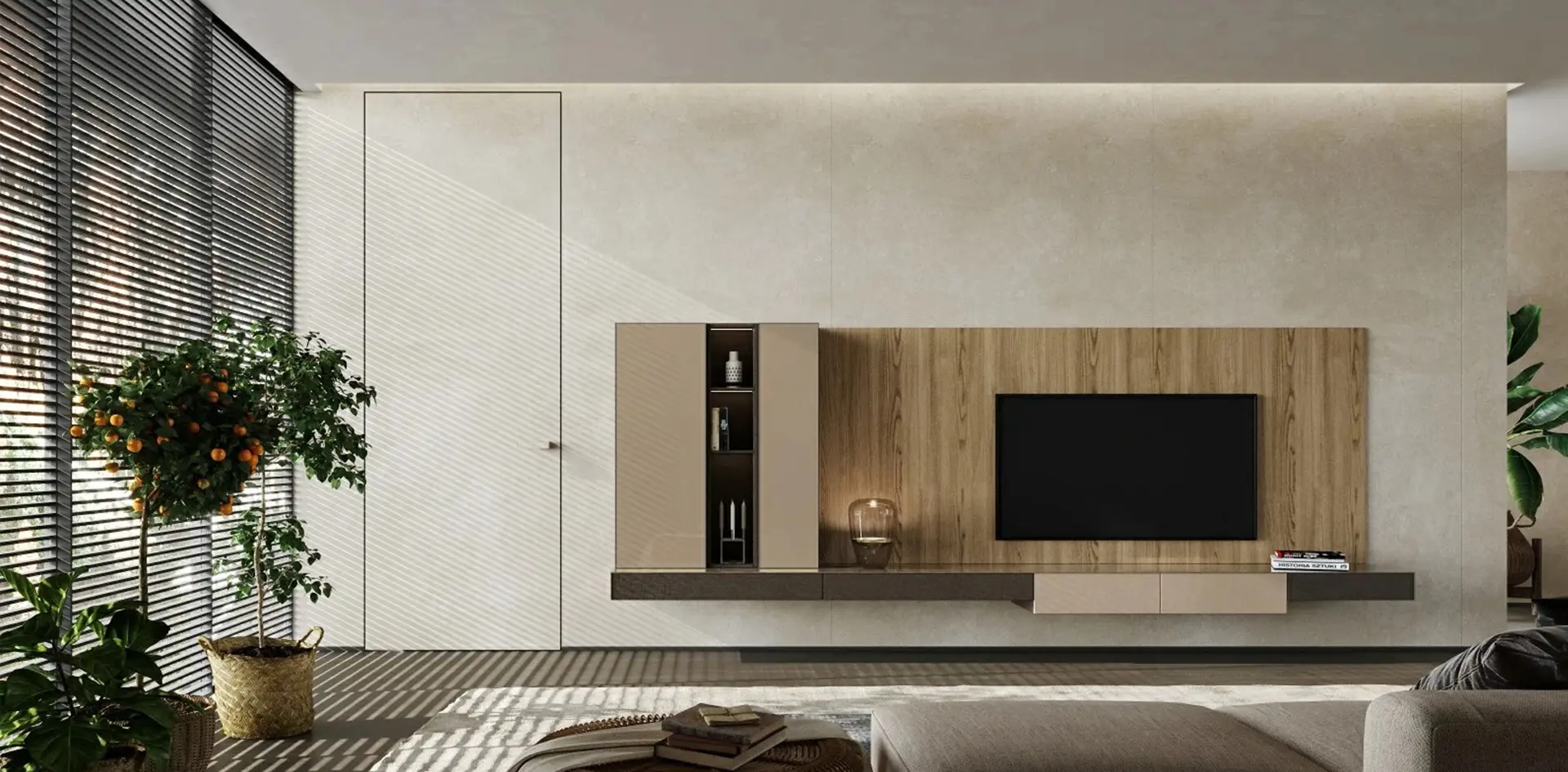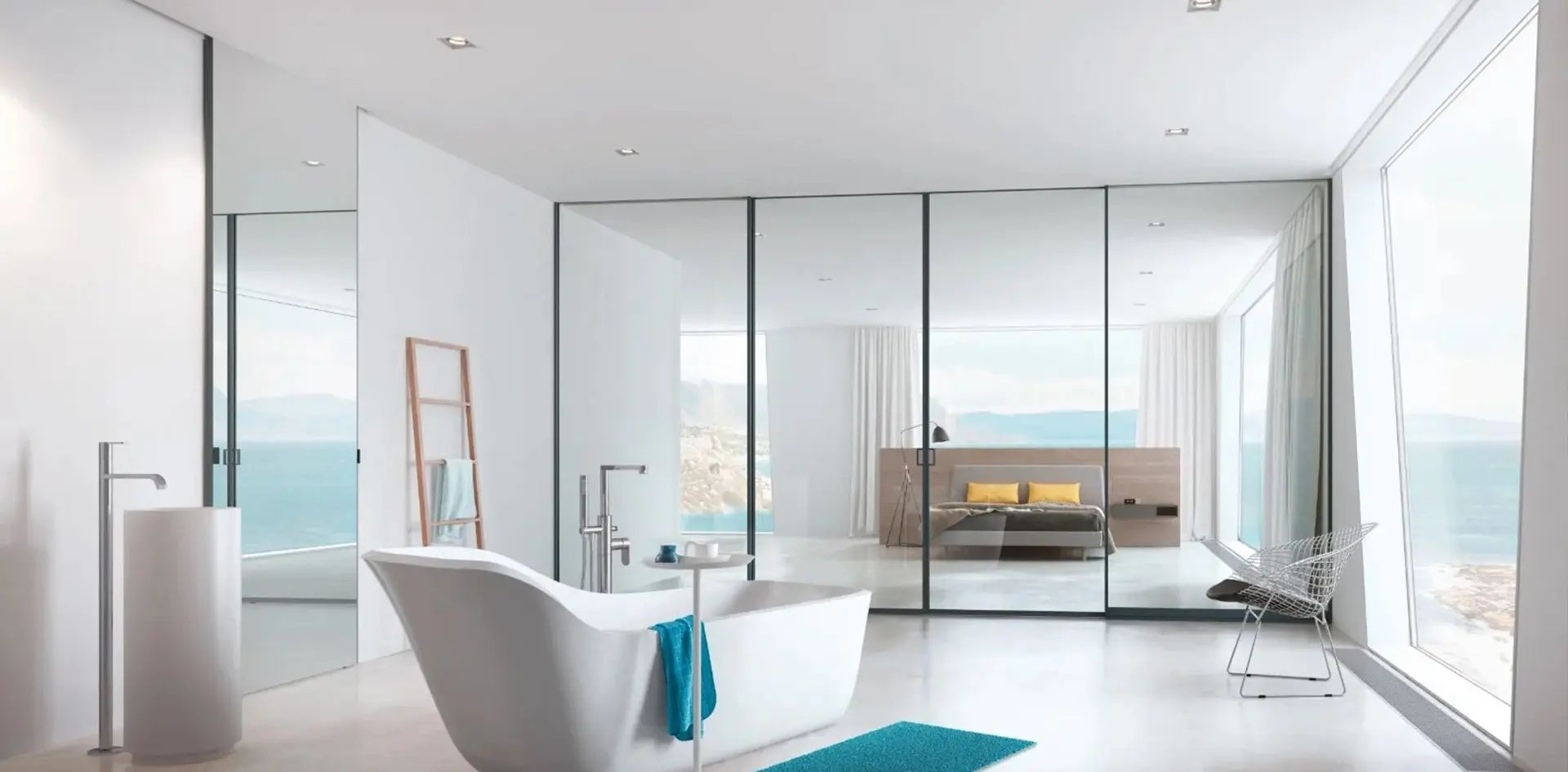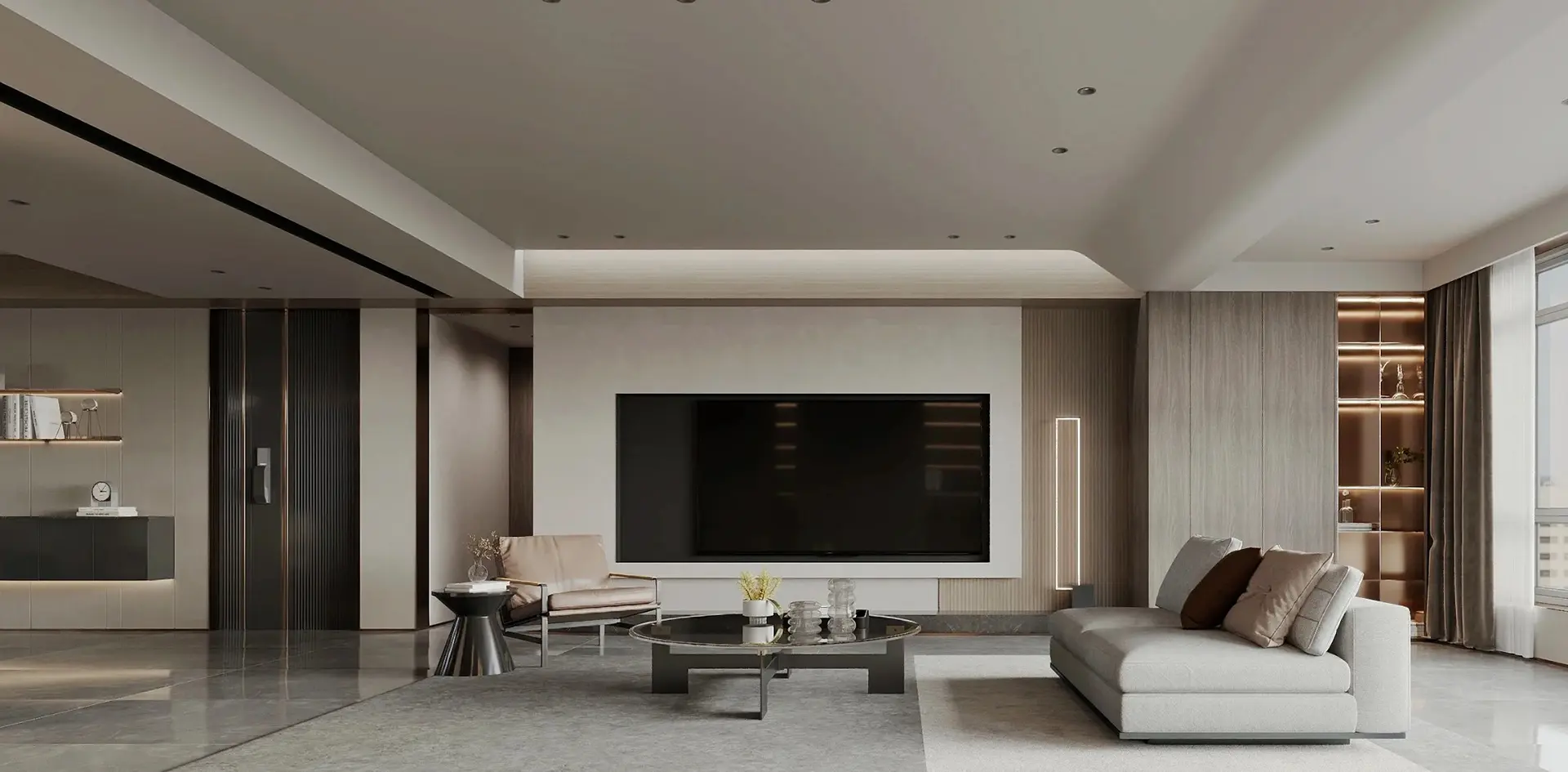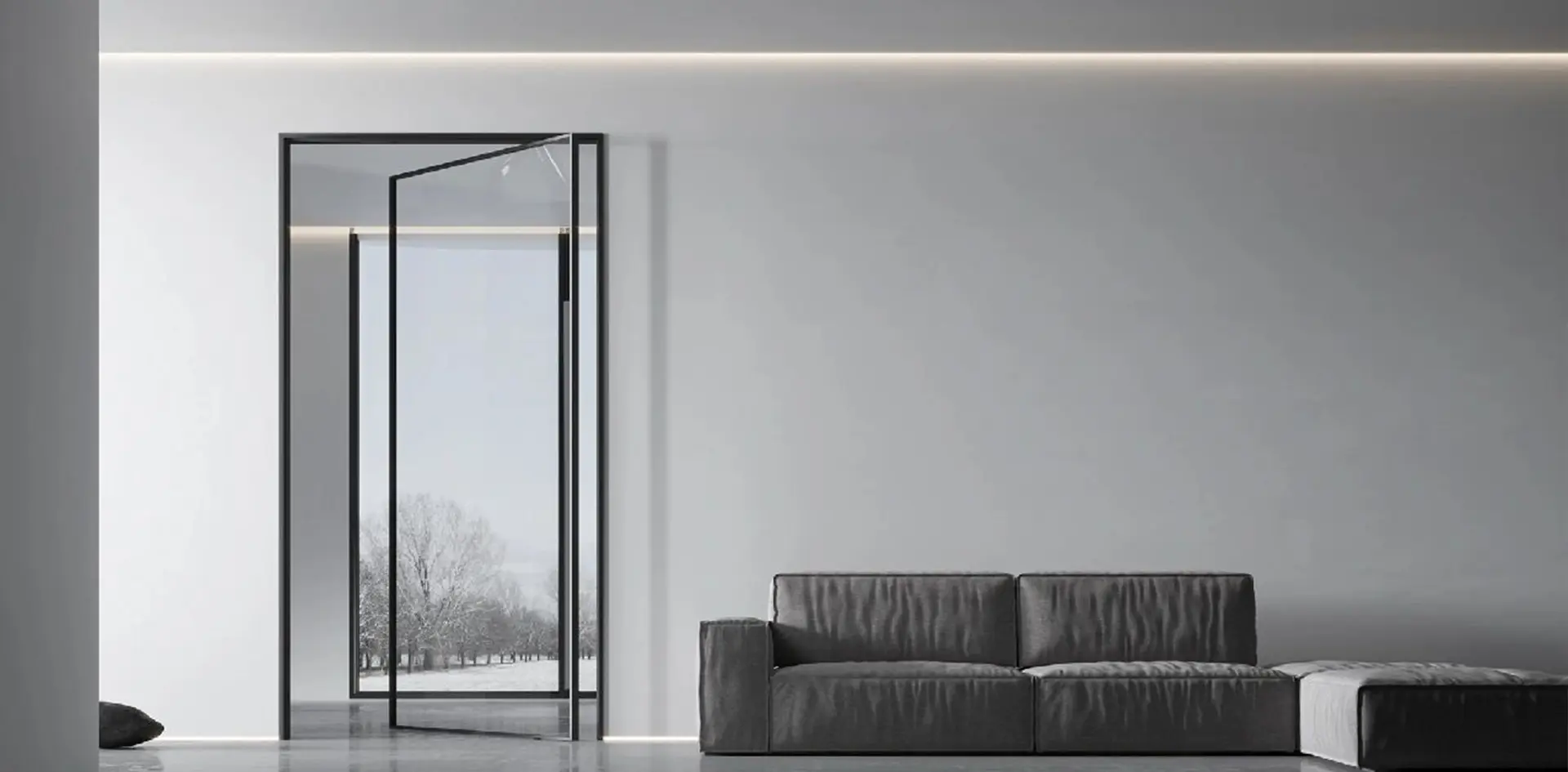
Ultimate Tips for Choosing the Best Wood Entrance Doors for Your Home
When it comes to enhancing the curb appeal and security of your home, choosing the right Wood Entrance Doors is crucial. According to a report by the National Association of Realtors, replacing your front door can yield an impressive return on investment, ranking among the top home improvement projects for value enhancement. Wood doors not only offer aesthetic warmth but also provide superior insulation, contributing to energy efficiency—up to 25% of a home's heating can be lost through poor entrance systems, as highlighted by the U.S. Department of Energy. Furthermore, with the variety of wood types available, homeowners can select a door that aligns with their property's architectural style while ensuring durability and longevity. This makes understanding the benefits of different types of Wood Entrance Doors essential for making a well-informed decision that enhances both home beauty and functionality.

Key Factors to Consider When Comparing Wood Entrance Doors
When comparing wood entrance doors for your home, several key factors should come into play to ensure that you make the best choice. First and foremost, consider the type of wood used. Different species offer varying levels of durability, insulation, and aesthetic appeal. For example, mahogany and oak are popular choices due to their strength and resistance to weathering, whereas softer woods like pine could be more susceptible to dents and scratches. Understanding the pros and cons of each wood type will help you select a door that complements both your home’s architecture and your lifestyle.
Another important factor to consider is the door's thickness and construction. A solid-core door generally provides better insulation and security than a hollow-core option. Look for a door that features a multilayer construction, which enhances durability and reduces the likelihood of warping over time. Additionally, pay attention to the door’s design and finish. The style should harmonize with your home’s exterior, while a quality finish not only enhances aesthetic appeal but also protects the wood from environmental elements. By weighing these factors carefully, you can choose a wood entrance door that is not only beautiful but also practical for your home.
Exploring Different Wood Types and Their Durability for Front Doors
When selecting wood entrance doors for your home, understanding the different types of wood and their durability is crucial. For instance, mahogany is renowned for its strength and resistance to rot, making it an excellent choice for exterior doors. Its rich coloration and fine grain provide an elegant appearance that enhances curb appeal. Cedar, on the other hand, is lighter and boasts natural oils that repel insects and moisture. This makes it a popular option for homeowners seeking a more rustic look while ensuring longevity against the elements.
Another wood option to consider is oak, which is known for its durability and classic aesthetic. Oak doors can endure significant wear and tear, maintaining their beauty for years with proper care. Additionally, fiberglass doors with a wood grain finish can be an alternative, offering the look of wood without the susceptibility to warping and cracking associated with natural wood. When choosing the right wood type, it’s essential to factor in your local climate and maintenance preferences, ensuring your front door not only looks stunning but also withstands the test of time.
Aesthetic Appeal: Matching Wood Entrance Doors with Home Design
Choosing the right wood entrance doors for your home is crucial not only for security but also for enhancing your home's aesthetic appeal. When selecting wood doors, consider the architectural style of your home. For traditional designs, opt for classic panel doors with rich wood finishes like oak or mahogany that resonate with timeless elegance. In contrast, modern homes may benefit from sleek, minimalist designs with clear finishes that highlight the wood's natural grain.
Another tip is to consider the color palette of your home. Dark, bold woods can create a striking entrance, while lighter shades might offer a more inviting ambiance. Ensure the door complements surrounding elements such as windows, trims, and even outdoor landscaping. Additionally, think about the hardware you’ll pair with the door; stylish handles and locks can further accentuate its design. A well-chosen wood entrance door will not only enhance your home’s curb appeal but also reflect your personal style, making a lasting impression on guests and passersby alike.
Ultimate Tips for Choosing the Best Wood Entrance Doors for Your Home - Aesthetic Appeal: Matching Wood Entrance Doors with Home Design
| Design Style | Wood Type | Color Options | Cost Range | Durability |
|---|---|---|---|---|
| Modern | Mahogany | Natural, Dark Stain | $800 - $1500 | High |
| Traditional | Oak | Honey, Antique Finish | $600 - $1200 | Medium |
| Craftsman | Maple | Light Stain, Earth Tones | $700 - $1400 | High |
| Contemporary | Teak | Charcoal Gray, Deep Brown | $900 - $1600 | Very High |
| Rustic | Cedar | Weathered, Rustic Brown | $500 - $1000 | Medium |
Energy Efficiency Ratings: Why It Matters in Wood Door Selection
When selecting a wood entrance door for your home, energy efficiency should be at the forefront of your considerations. An energy-efficient door not only enhances your home's aesthetic appeal but also contributes to significant savings on energy bills. Doors with high energy efficiency ratings are designed to withstand temperature fluctuations, ensuring that your indoor climate remains stable throughout the year. This is particularly important in regions with extreme weather conditions, where drafts from poorly insulated doors can lead to increased heating and cooling costs.
Energy efficiency ratings, such as the Energy Star label, provide homeowners with a reliable means of measuring a door's performance in terms of insulation and heat transfer. When choosing a wood door, look for features like dual or triple-pane glass, weather stripping, and solid core construction. These elements work together to minimize drafts and maintain optimal indoor temperatures. Additionally, consider the type of wood used, as certain species offer better insulation properties than others. In short, prioritizing energy efficiency in your wood door selection will not only enhance your home’s comfort but also promote sustainability and reduce environmental impact.
Cost Analysis: Budgeting for Quality Wood Entrance Doors
When considering wood entrance doors for your home, budget is a key factor that can significantly influence your final choice. Quality wood doors can vary greatly in price depending on the type of wood, craftsmanship, and additional features such as insulation and safety. It’s essential to establish a realistic budget that matches both your aesthetic desires and practical needs. Understand that investing in a higher-quality door can enhance your home's curb appeal and durability, ultimately saving you money on replacements and repairs in the long run.
Start your budgeting process by researching different wood species. For instance, oak, mahogany, and cherry are popular choices that offer distinct advantages and varying costs. Additionally, consider whether you prefer custom-made doors or pre-manufactured options, as custom doors tend to come with a premium price tag. Don’t forget to factor in installation costs, which can add to your overall expense. By carefully balancing your budget and desires, you can find a wood entrance door that not only fits your home’s style but also remains within your financial means.
Related Posts
-

Understanding Industry Standards: How to Choose the Best Wood Entrance Doors for Global Markets
-

Exploring Unique Alternatives to Best Wood Entrance Doors for Global Buyers
-

Unlocking the Specifications of the Best Lockable Sliding Door for Your Home
-

The Ultimate Guide to Choosing the Best House Front Doors for Maximum Curb Appeal
-

5 Clever Tips to Choose the Best Access Panels for Your Needs
-

Emerging Innovations in Double Front Entry Doors and Cutting Edge Techniques for Success











